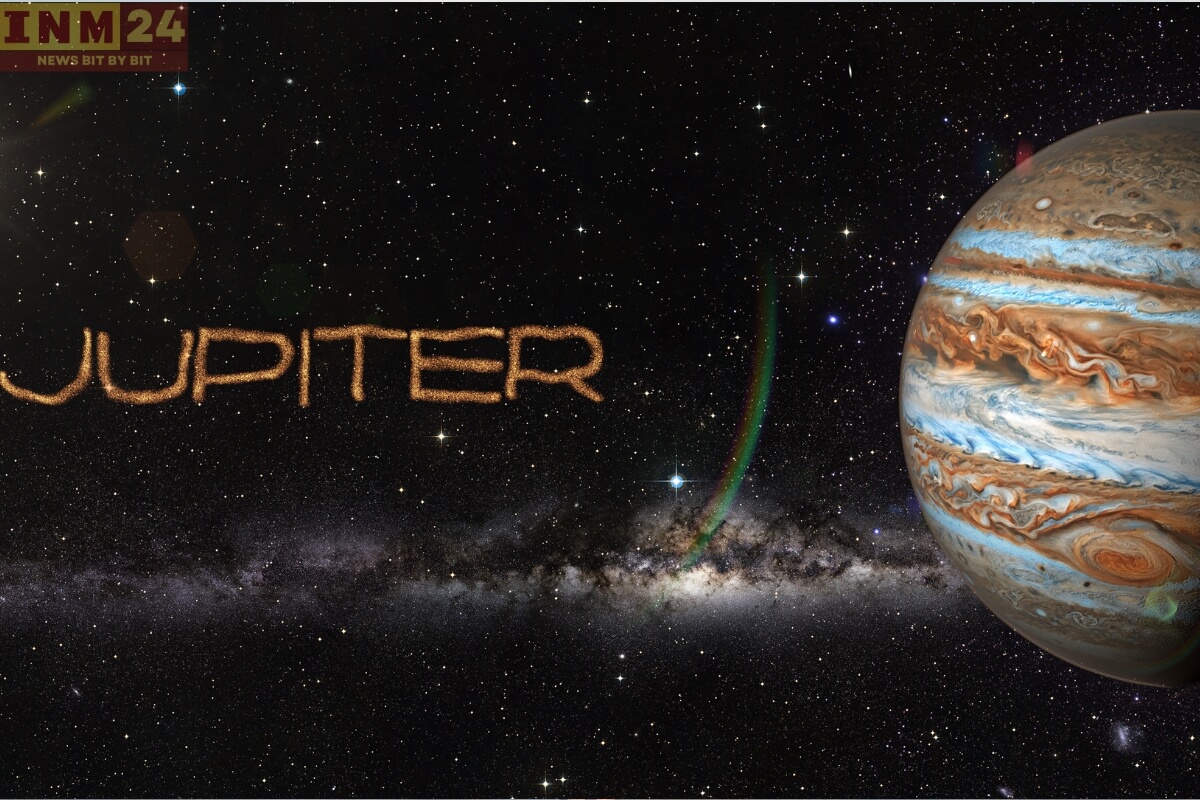Jupiter, the largest planet in our solar system, is renowned for its tumultuous atmosphere and colossal storms. Recently, observations from spacecraft and telescopes have revealed that Jupiter is experiencing particularly stormy weather, with massive storms that are large enough to swallow our planet Earth.
Jupiter’s Turbulent Atmosphere: The Great Red Spot and Beyond
The gas giant’s turbulent atmosphere is characterized by its iconic Great Red Spot, a massive storm that has been raging for centuries. However, in addition to this longstanding feature, Jupiter’s atmosphere is dotted with numerous smaller storms and vortices, some of which can rival the size of Earth itself.
The scale of these storms is truly astounding. While Earth’s diameter measures approximately 12,742 kilometers, some of Jupiter’s storms span thousands of kilometers across, making them large enough to completely engulf our planet. These storms are fueled by the planet’s immense heat and energy, generated by internal processes and absorbed sunlight.
The dynamics of Jupiter’s atmosphere contribute to the formation and intensity of these storms. The planet’s rapid rotation, which completes a full spin in just under 10 hours, generates powerful jet streams and atmospheric disturbances that can give rise to colossal storms. Additionally, Jupiter’s lack of a solid surface allows these storms to persist and grow unchecked by friction with the ground.
Understanding Jupiter’s Storms: Insights from Spacecraft Observations
The study of Jupiter’s storms provides valuable insights into the planet’s atmospheric dynamics and its role in shaping the solar system. Scientists closely monitor these storms using spacecraft such as NASA’s Juno probe, which is currently orbiting Jupiter and studying its atmosphere in unprecedented detail. These observations help scientists better understand the complex interactions between Jupiter’s atmosphere, magnetic field, and interior structure.
While Jupiter’s storms may seem distant and abstract, they have significant implications for our understanding of planetary atmospheres and the broader dynamics of the solar system. By studying these storms, scientists gain insights into the fundamental processes that govern the behavior of gas giants and their influence on the evolution of planetary systems.
Jupiter’s stormy weather, characterized by massive storms large enough to engulf Earth, highlights the dynamic and chaotic nature of the gas giant’s atmosphere. These storms serve as a testament to the immense forces at work on Jupiter and provide valuable insights into the complexities of planetary weather systems. As our understanding of Jupiter’s storms continues to deepen, so too does our appreciation for the awe-inspiring power and beauty of the largest planet in our solar system.
